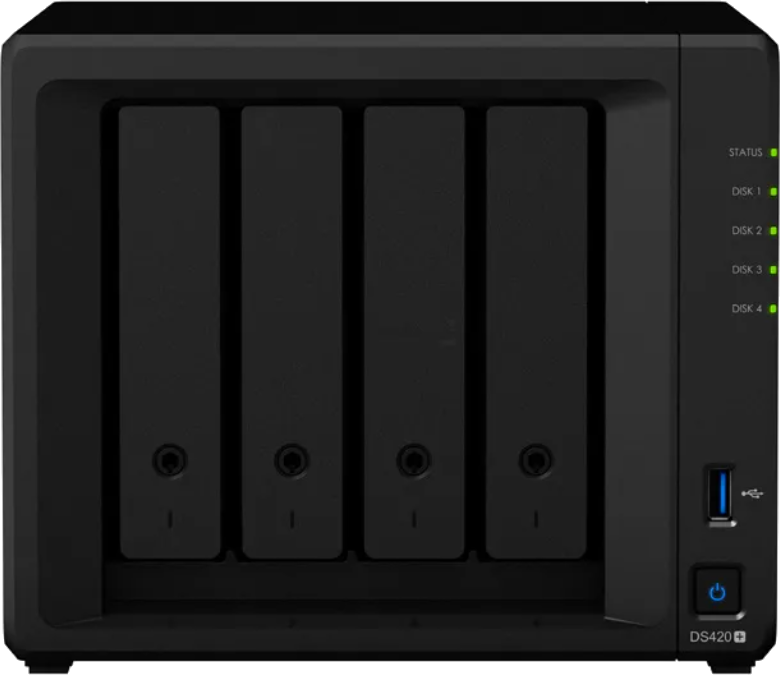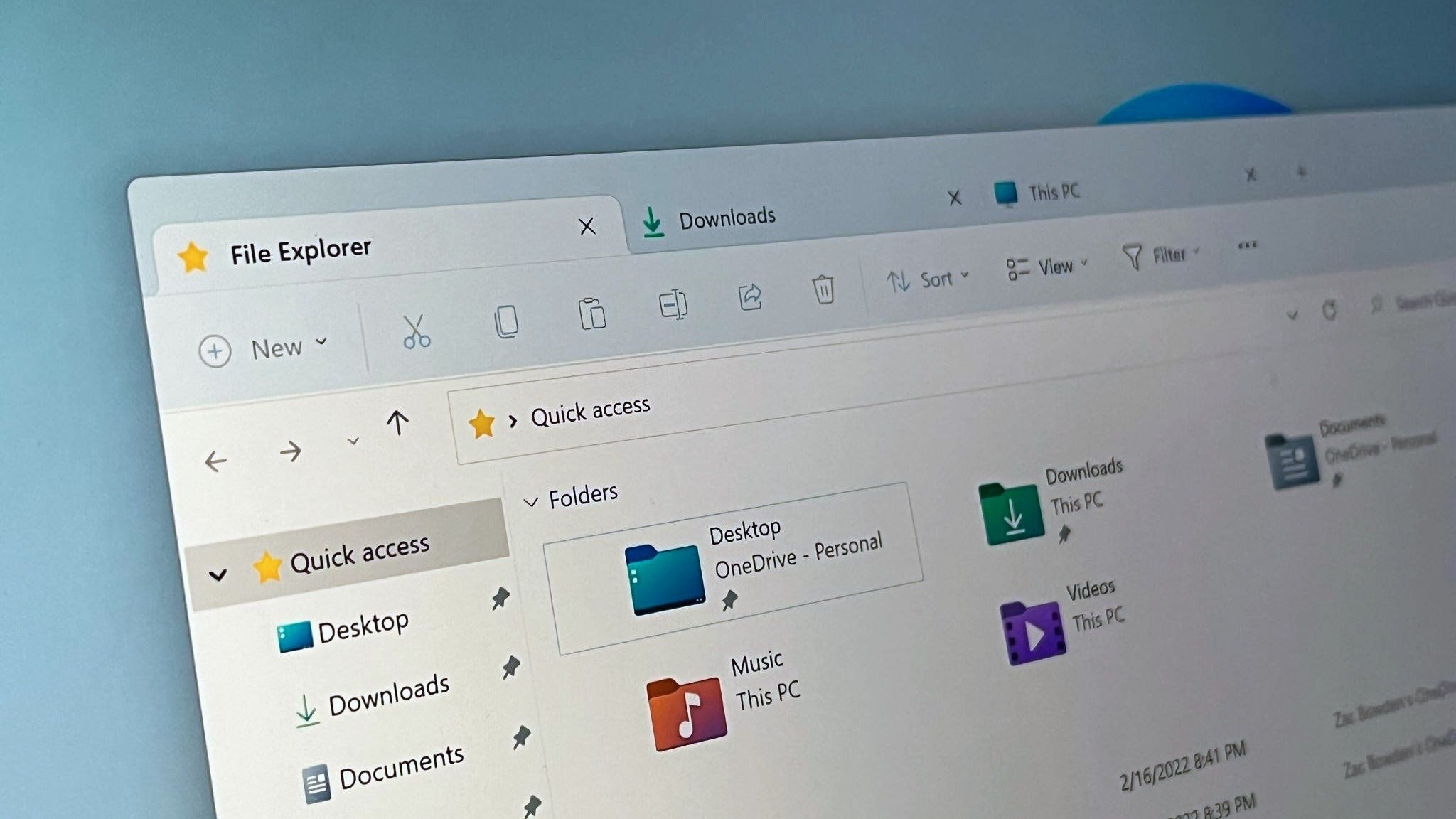Synology NAS Buyer's Guide: How to pick the best NAS for you
This is how to choose the perfect Synology NAS.
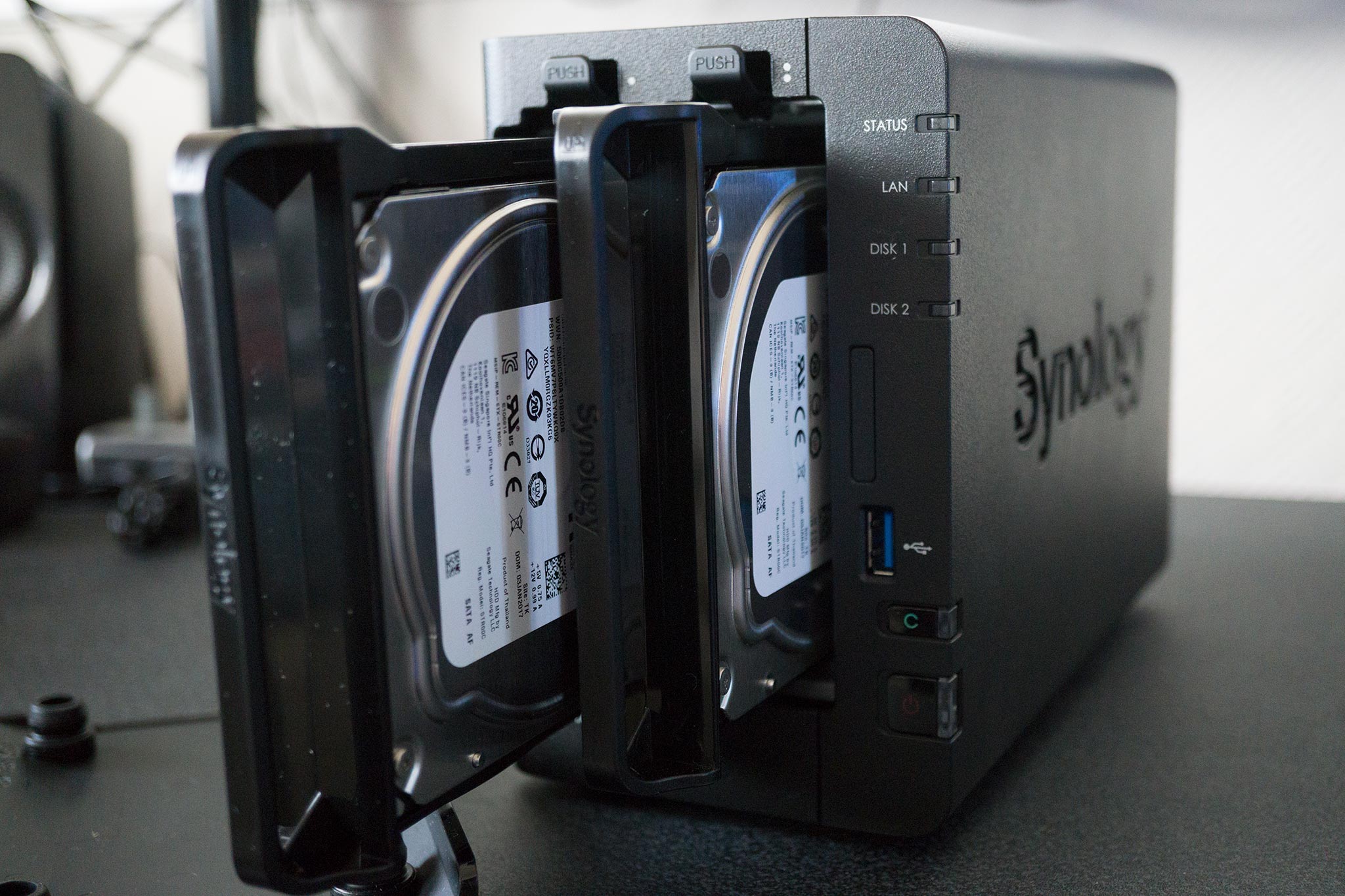
After shopping around for Network Attached Storage (NAS) units, you may have decided on Synology as a brand. That's only the first step, as the company offers an extensive collection of NAS boxes, depending on what you need.
I'm going to run you through a few things to make choosing the right model that little bit easier.
Breaking down the numbers
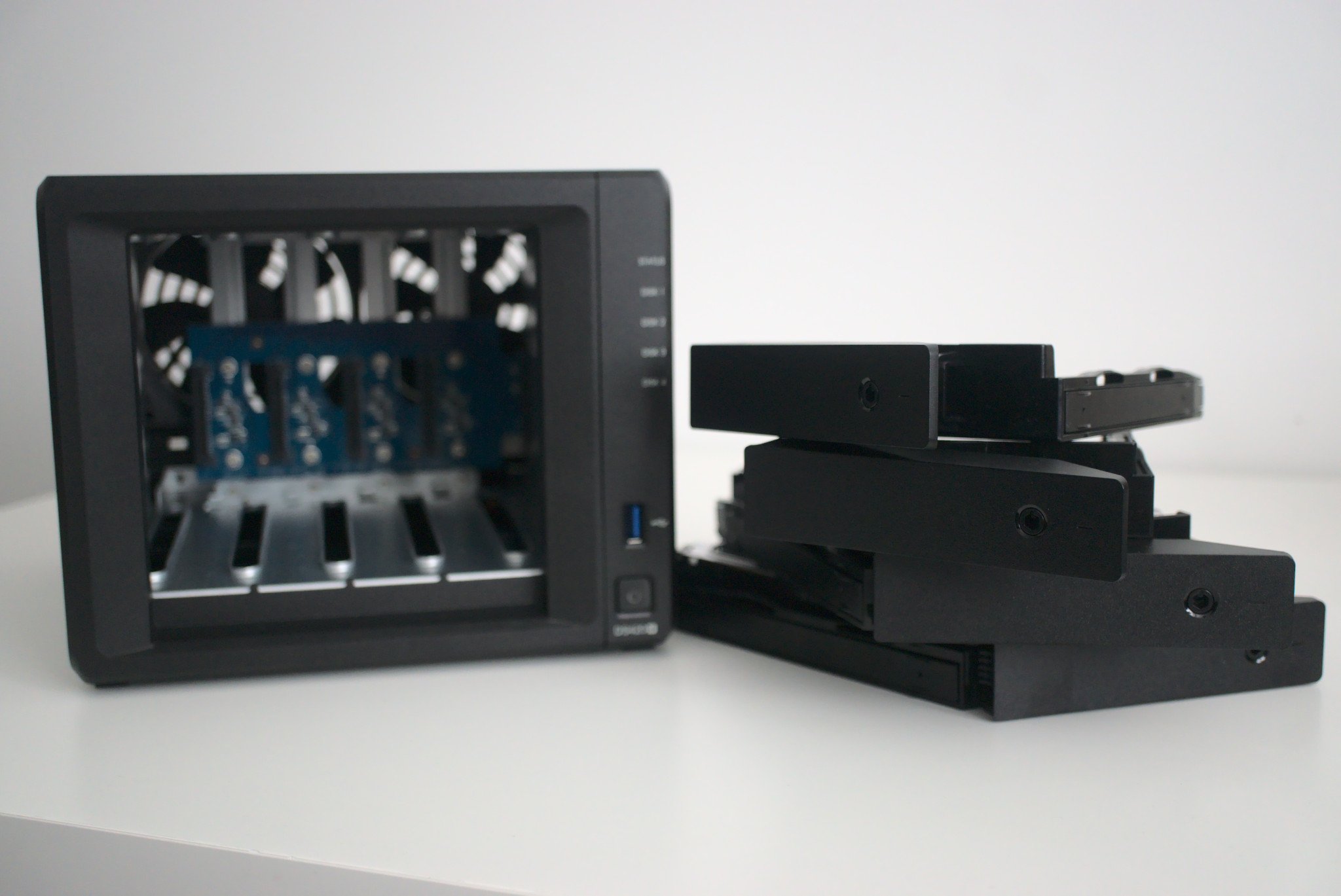
Synology, like other vendors, uses model numbers to differentiate between the various options. The DS prefix is always present, which stands for DiskStation. After that, you have a number that usually indicates how many drive bays are present. The last two numbers are tied to each generation (representing the year of release). For example, the 2016 DS216 has two drive bays but is likely to be slower than the newer DS218 from 2018. It keeps it simple.
Some units from Synology may have a suffix at the end that shows a unique or more capable system. Here are a few examples such suffixes:
- se - Budget-friendly option.
- j - Affordable option for home use.
- play - Usually has a more powerful processor for better transcoding.
- + - Sports an Intel processor.
- +II - The same model as the "+" but with a newer processor.
A DS218+II would be a DiskStation NAS with a newer generation of Intel processor. The DS218j, on the other hand, would contain less powerful internals but command a more affordable price.
Comparing models
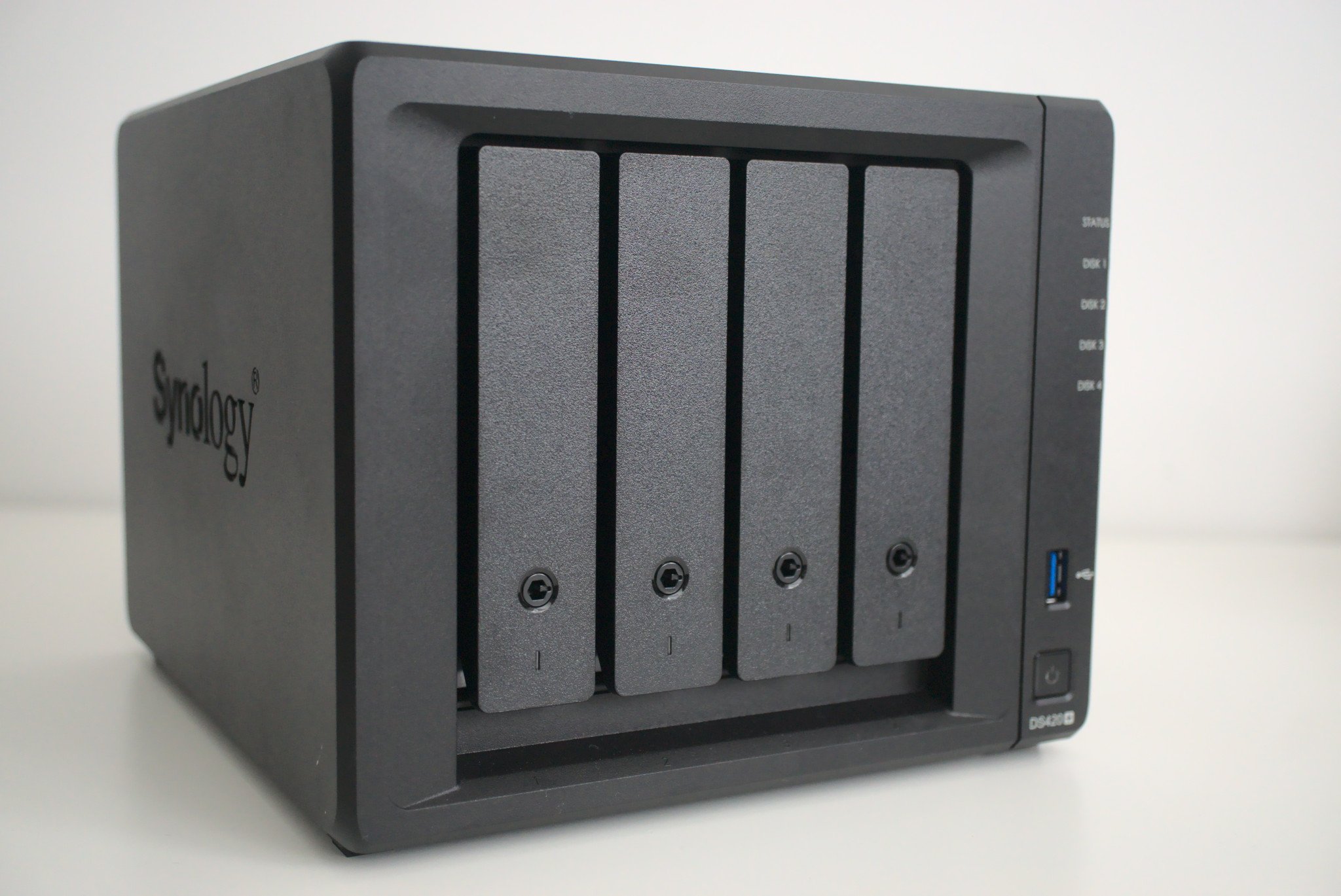
Here's a comparison table with a few of the latest models from Synology.
| Category | DS218+ | DS420+ | DS1019+ | DS220j |
|---|---|---|---|---|
| CPU | Intel Celeron J3355 Dual-core 2.0GHz | Intel Celeron J4025 Dual-core 2.0GHz | Intel Celeron J3455 Quad-core 1.5GHz | Realtek RTD1296 Quad-core 1.4GHz |
| RAM | 2GB DDR3L (6GB max) | 2GB DDR4 (6GB max) | 8GB DDR3L (8GB max) | 512MB DDR4 |
| Drive bays | 2 | 4 | 10 | 2 |
| Capacity | 32TB 2 x 16TB | 64TB 4 x 16TB | 160TB 10 x 16TB | 32TB 2 x 16TB |
| Transcoding | H.264 (AVC) H.265 (HEVC) MPEG-2 VC-1 4K 30 FPS | H.264 (AVC) H.265 (HEVC) MPEG-2 VC-1 4K 60 FPS | H.264 (AVC) H.265 (HEVC) MPEG-2 VC-1 4K 30 FPS | - |
| Ports | 1x Gb LAN 3x USB 3.0 1x eSATA | 2x Gb LAN 2x USB 3.0 | 2x Gb LAN 2x USB 3.0 1x eSATA | 1x Gb LAN 2x USB 3.0 |
| Warranty | Two years | Two years | Two years | Two years |
| Price | $250 | $500 | $650 | $170 |
The more affordable options like the j models will not be very good at transcoding video and other intensive tasks but can be used to store music and other files and stream them to connected devices. The more expensive options will be better suited and cost a little extra. The base (DS218) and Intel-powered + models are an ideal middle ground. And the DS218+ won the Windows Central Choice Award.
All the latest news, reviews, and guides for Windows and Xbox diehards.
Then you have the DS420+, which is part of the 2020 catalog. Unless stated otherwise, NAS listings usually do not come with hard drives. So you'll need to factor purchasing these into the final price. We've got a few guides available on choosing the best hard drives for a NAS.

Rich Edmonds was formerly a Senior Editor of PC hardware at Windows Central, covering everything related to PC components and NAS. He's been involved in technology for more than a decade and knows a thing or two about the magic inside a PC chassis. You can follow him on Twitter at @RichEdmonds.
